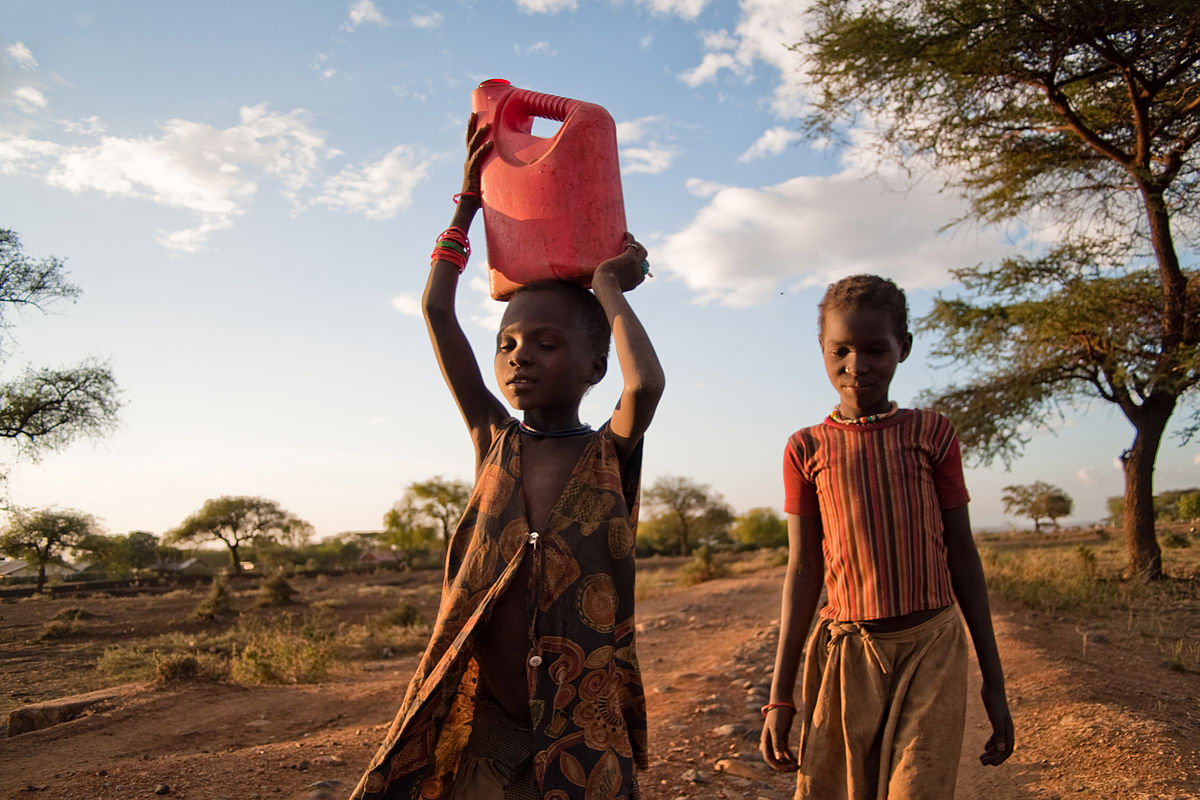On one side of the world:
- 8 billion people, around 1 in 6 people, drinks water contaminated with faeces.[1]
- More people have access to mobile phones than working toilets. Only a third of the population of India has access to adequate sanitation.[2]
- In 76% of households, women and children bear the primary responsibility of collecting water.[3] In many regions women and children spend 25% of their time simply carrying water.[4]
- Globally women and children spend at least 140 million hours every single day just collecting water. Staggeringly, that the equivalent of 15,000 years combined, simply because they don’t have local access to water.[5]
- A child dies every minute from a water-related disease.[6]
Yet on the other:
- Each cup of coffee we drink requires around 140 litres of fresh water in its production.[7] In the UK, each person requires the equivalent of around 3400 litres of water per day simply to produce the food and products consumed in everyday life.[8]
- Every time we flush the toilet, we use the same amount of water as many people use all day for cooking, washing and drinking.[9]
- Just investing €1 in safe access to water would result in between €4 and €26 of economic development for some of the developing nations.[10]
- If universal access to clean drinking water and sanitation was achieved, the global economic benefit would be around €30 billion.[11]
- It costs on average only €6600, [12] to build a well that brings 2000 people clean water and protect their children’s lives. That is just €3.30 per person.[13]
The divide is mind-bogglingly large. A journey of a few hours by plane takes us from clean, running water to a situation in which a child dies every minute because of lethally contaminated water. When people’s lives can literally be transformed for just €3.30, it puts much of our everyday spending into perspective. It’s the choice between a coffee and muffin or transforming someone’s life.
Sources:
[1] http://www.unwater.org/statistics/en/
[2] http://newsfeed.time.com/2013/03/25/more-people-have-cell-phones-than-toilets-u-n-study-shows/
[3] http://water.org/water-crisis/water-facts/women/
[4] http://www.unwater.org/worldwaterday/learn/en/?section=c325501
[5] http://water.org/water-crisis/water-facts/women/
[6] http://water.org/water-crisis/water-facts/children/
[7] http://www.unwater.org/water-cooperation-2013/water-cooperation/facts-and-figures/en/
[8] http://www.waterwise.org.uk/data/resources/25/Water_factsheet_2012.pdf
[9] http://www.dropinthebucket.org/learn/
[10] http://www.unwater.org/worldwaterday/learn/en/?section=c325501
[11] http://water.org/water-crisis/water-facts/economics/
[12] http://www.ford.co.uk/Cars/Ka/BrochurePricesAndSpecifications
